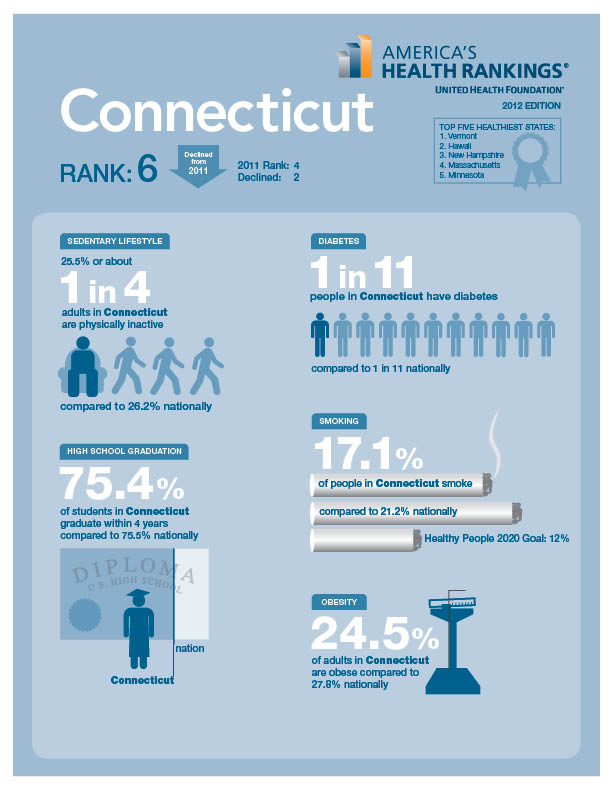An unassuming building on Hudson Street in Hartford, in the midst of a construction zone and a short walk from Hartford Hospital, is what’s known as CESI - the Center for Education, Simulation and Innovation, located on the second floor of Hartford Hospital’s Education & Resource Center.
Part of the hospital campus, it is among a select number of premier centers for comprehensive experiential learning and innovation nationwide, using simulation, robotics and other leading-edge training technologies – a hands-on magnet for tomorrow’s technology that is increasingly becoming today’s reality in medicine. Some suggest that CESI  is– or soon will be – among the top five facilities in the country. Already, CESI is a regional and national training destination. As the second largest surgical center in New England and the Northeast’s largest robotic surgery center, Hartford Hospital is widely viewed as a hub for medical training.
is– or soon will be – among the top five facilities in the country. Already, CESI is a regional and national training destination. As the second largest surgical center in New England and the Northeast’s largest robotic surgery center, Hartford Hospital is widely viewed as a hub for medical training.
The vision of the rapidly growing facility is fundamental to the mission of Hartford Hospital, and parent-organization Hartford Healthcare: to assist all providers in enhancing multidisciplinary team performance, the quality of patient care, and patient safety through a comprehensive range of educational programs using state-of-the-art simulation and cutting edge technologies. CESI features exact replicas of an operating room, intensive care unit, delivery room and trauma room. It has the same equipment as the hospital, including two robots and two robotic simulators designed especially for training purposes.
Seeing is believing, and a recent tour provided to representatives of Leadership Greater Hartford by CESI staff was a window into medical technology not often seen by those outside the field (or their patients). If you believe that a picture is worth a thousand words, CESI does that one better, with a virtual tour available on-line, which allows individuals, organizations, and the general public a glimpse of the sophisticated technology available to teach surgeons and medical teams the robotic techniques now emerging.
During the two decades since its inception – with exponential growth in recent years – its predecessor facilities and CESI (so-named in 2010) has expanded from 900 square feet to 20,000 square, training thousands of medical personnel. Incredibly, the entire operation is run with a staff of six – from the medical and program directors down to the simulation technician. The dedication and pride is evident in every aspect of the facility’s operation, which has a schedule that is consistently busy – not only with surgeons, residents and nursing staff from Hartford Hospital, UConn and local acute care facilities, but from organizations local – such as the Connecticut Fire Academy – and worldwide, such as teams from France and Israel (during the past two weeks alone).
In fact, both the Navy and Army National Guard use the CESI facility for their training purposes. The Navy trains their independent duty coremen and physicians. The state-of-the-art facilities enable CESI staff to simulate not only medical emergencies, but the environment that teams such as those in a war zone would face in responding. That level of training is invaluable, and not readily available elsewhere.
CESI has been recognized as a Center of Excellence - one of only 20 centers designated nationwide. Nearly two dozen training courses are offered, ranging from labor & delivery to bio-terrorism, traumatic brain injury to advanced cardiac life support. This summer, Governor Dannel P. Malloy announced that the state will provide a $10 million grant to support a 30,000 square foot expansion of CESI - part of the hospital’s larger $100 million capital improvement plan, designed to make the institution a leader in training the world’s healthcare professionals in the latest medical techniques.
CESI is comprised of three separate areas:
- Robotic and endovascular simulators
- Task trainers, ultrasound technology and Fundamentals of Laparoscopic Surgery (FLS)
- Five simulated clinical environments each with its own control room: Labor & Delivery, Resuscitation, ICU, Trauma/ED, and Operating Room.
Internally, Hartford Hospital’s Departments of Anesthesia, Critical Care, Emergency Medicine, Ob-Gyn and Surgery are all using the facility to orient their first year residents and fellows to their clinical practices. The residents are able to experience hands-on training without the added pressure of performing new tasks on real people. It builds their confidence and allows them to learn, practice and repeat procedures in a controlled, non-rushed and educational environment.
It is also an ideal setting to begin to establish a culture of patient safety and open communication among an interdisciplinary medical team, whether from Hartford Hospital or elsewhere. Participants are able to train in a setting similar to an actual work environment to create an atmosphere of realism - mirroring multiple types of acute crises and patient care scenarios. Through simulation, the team can learn the physiologic components of crisis management, equipment knowledge, technical skills, and the leadership and teamwork needed to successfully deliver exceptional health care.
As Connecticut steps up its international presence in bioscience research and personalized medicine, facilities such as CESI have the potential to complement that effort, broadening the state’s impact on health care and medicine for decades to come.



 apparently set to get underway in Connecticut.
Writing in the Autumn 2012 edition of
apparently set to get underway in Connecticut.
Writing in the Autumn 2012 edition of  ent illnesses may someday lead to new treatments,” Assaf suggested in the article published prior to the Newtown killings.
ent illnesses may someday lead to new treatments,” Assaf suggested in the article published prior to the Newtown killings.































